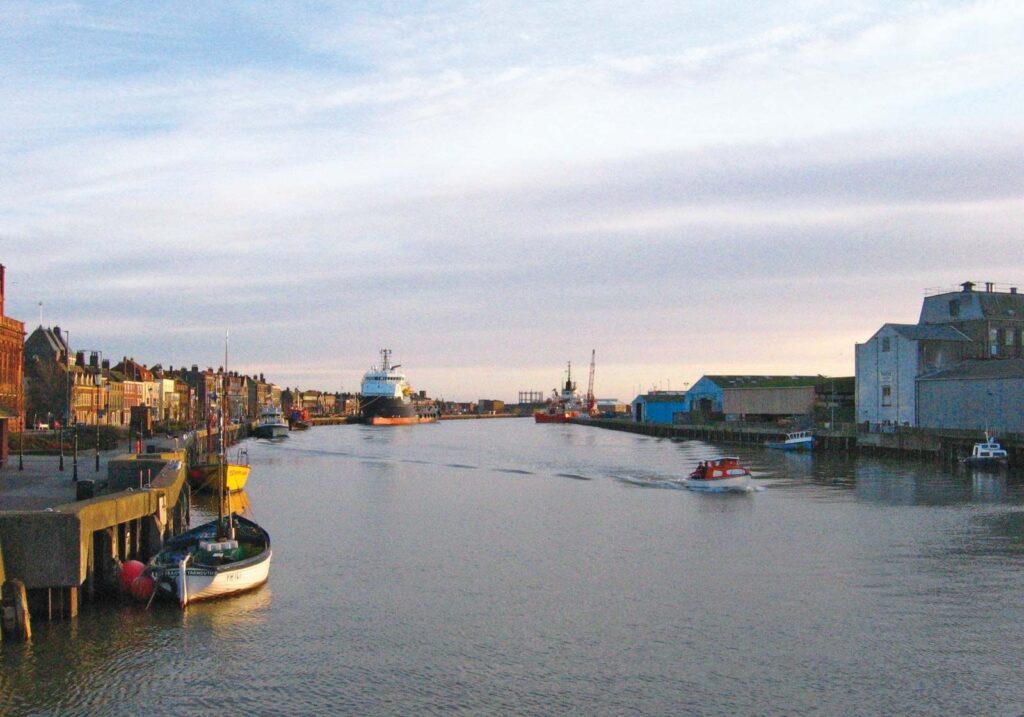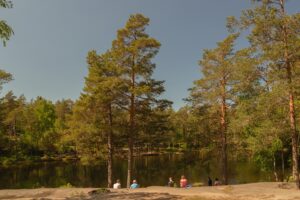The Norfolk Broads: England’s Iconic Waterways
Nestled in the heart of East Anglia, the Norfolk Broads is a network of rivers and lakes that offers a unique blend of natural beauty, wildlife, and recreational activities. This enchanting area is a haven for nature lovers, boating enthusiasts, and anyone looking to escape the hustle and bustle of city life. With its serene landscapes and charming villages, the Broads provide a perfect backdrop for a relaxing getaway.
What to See and Do
The Norfolk Broads is a paradise for those who love the great outdoors. One of the best ways to explore the area is by boat. You can rent a traditional wooden cruiser or a modern motorboat and navigate the tranquil waterways at your own pace. As you glide along, you’ll encounter picturesque windmills, lush reed beds, and an abundance of wildlife, including herons, kingfishers, and otters.
For those who prefer to stay on land, there are plenty of walking and cycling trails that offer stunning views of the Broads. The Wherryman’s Way is a popular route that takes you through charming villages and past historic landmarks. Birdwatchers will be delighted by the variety of species that call the Broads home, especially at nature reserves like Hickling Broad and Ranworth Broad.
If you’re interested in history, a visit to the Norfolk Broads wouldn’t be complete without stopping by the Museum of the Broads in Stalham. Here, you can learn about the history of the waterways and the people who have lived and worked on them for centuries.
A Bit of History and Interesting Facts
The Norfolk Broads have a fascinating history that dates back to medieval times. Originally, the Broads were not natural lakes but man-made peat excavations that flooded over time. The peat was dug out to be used as fuel, and when the sea levels rose, these pits filled with water, creating the unique landscape we see today.
An interesting fact about the Broads is that they cover over 125 miles of navigable waterways, making it the largest protected wetland in Britain. Despite its size, the area remains relatively unspoiled, thanks to conservation efforts that have preserved its natural beauty and biodiversity.
The Broads are also home to several historic windmills, which were once used to drain the land for agriculture. Some of these windmills, like the iconic Horsey Windpump, have been restored and are open to the public.
Getting There and Tips for First-Time Visitors
The Norfolk Broads are easily accessible by car, train, or bus. If you’re driving, the area is well-connected by major roads, and there are plenty of parking options available. For those traveling by train, the nearest major station is Norwich, from where you can catch a local train or bus to various points in the Broads.
First-time visitors should consider starting their journey in Wroxham, often referred to as the “Capital of the Broads.” Here, you can find boat hire companies, shops, and restaurants, making it an ideal base for exploring the area.
When visiting the Broads, it’s important to respect the natural environment. Stick to designated paths, avoid disturbing wildlife, and take any litter home with you. Also, remember that the weather can be unpredictable, so pack accordingly and bring waterproof clothing just in case.
Whether you’re seeking adventure or tranquility, the Norfolk Broads offer something for everyone. With its stunning scenery, rich history, and diverse wildlife, it’s no wonder this area is one of England’s most cherished natural treasures.








